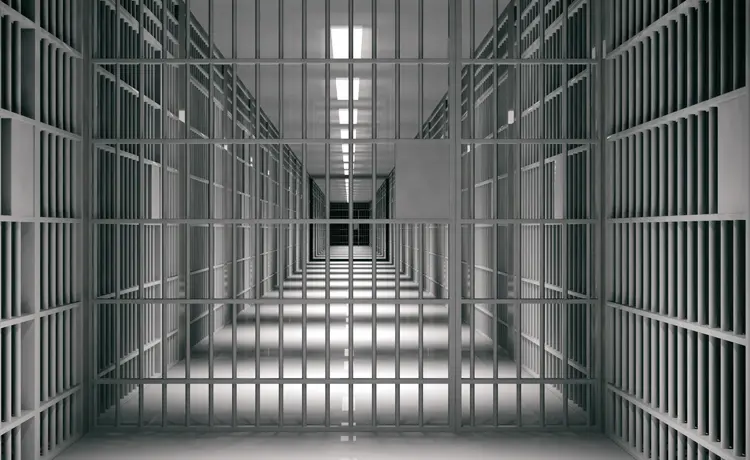The Prison Rape Elimination Act (PREA) addresses the problem of sexual misconduct in adult prisons and jails, lockups, community confinement facilities and juvenile facilities.
“Sexual misconduct” includes sexual abuse and sexual harassment.
As an administrator for a prison or other confinement facility, you are responsible for implementing the PREA standards to ensure that:
- Sexual misconduct is condemned.
- Victims are provided with care, resources and support.
- Incidents of sexual abuse or sexual harassment are reported.
Here are some guidelines on addressing prevention and providing a timely and sensitive response to all incidents of sexual misconduct.
Preventing Sexual Misconduct
- Establish a climate of prevention that is based on safety and dignity for all who are incarcerated in the facility.
- Reassure staff and inmates of your personal commitment to maintaining a healthy environment that is safe and secure.
- Reiterate your zero-tolerance policy on sexual misconduct, and the potential administrative and criminal sanctions for employees who violate sexual abuse and harassment policies. Termination is the presumed sanction for staff who have engaged in sexual abuse.
- Ensure continuing education of staff and inmates on sexual misconduct awareness, prevention and its effect.
Preparing to Respond to Sexual Misconduct
- Ensure good coordination between the facility and investigative services when responding to sexual abuse or harassment incidents.
- Establish a working relationship with victim support and advocacy services to ensure effective ongoing prevention, response and education.
- Educate the facility’s staff, contractors and volunteers on response and reporting duties, as well as the confidentiality policy.
Sexual assault response teams (SARTs) are considered best practice for responding to sexual abuse. A SART brings together officials and professionals from different disciplines for a coordinated and efficient response to the victims of rape and other sexual abuse. For example, a team might include the following:
- Law enforcement
- Victim advocates
- Health care providers
A sexual assault response and resource team (SARRT) coordinates additional services and resources for victims, such as a range of social services.
Help with Eliminating Sexual Abuse
The National PREA Resource Center (PRC) helps administrators combat sexual abuse in confinement. It offers:
- Online and direct support.
- Training.
- Webinars and other online resources.
PRC focuses on areas such as prevention strategies, improved reporting and detection, investigation, prosecution and victim-centered responses. For more information on various security and corrections topics, browse the QuickSeries® library of guides, including PREA Standards for Adult Facilities and PREA Standards for Juvenile Facilities.
